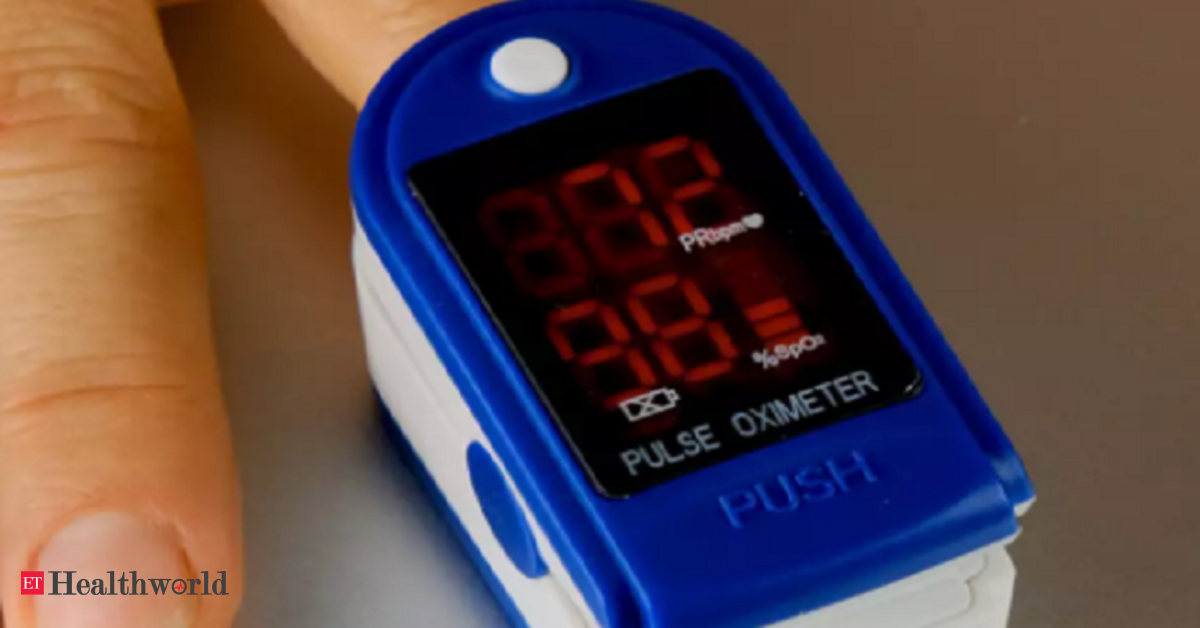In today's world, keeping track of your health has become more important than ever, especially during the ongoing Covid-19 pandemic. One of the vital indicators to monitor is blood oxygen saturation or SpO2 level, which is measured using a pulse oximeter. Whether you're managing a chronic condition or concerned about Covid-19, a pulse oximeter can be an invaluable tool to help you keep tabs on your health. In this blog post, we'll be walking you through everything you need to know about using, understanding, and buying a pulse oximeter, specifically the Equate Pulse Oximeter.

What is a Pulse Oximeter?
A pulse oximeter is a small, non-invasive device that helps measure the blood oxygen saturation levels in the body. It works by sending light of two different wavelengths through a finger or earlobe, and the amount of light absorbed by the blood indicates how much oxygen is present. The device then displays the SpO2 level as a percentage, along with the pulse rate. A SpO2 level of 95% or higher is considered normal, but anything below that may indicate low oxygenation in the body and may require medical attention.
How to Use a Pulse Oximeter?
Using a pulse oximeter is simple and straightforward. Here are the steps you need to follow:
1. Wash and dry your hands before handling the pulse oximeter.
2. Take off any nail polish or artificial nails that may obstruct the reading.
3. Turn on the pulse oximeter and place your finger inside the device or attach it to your earlobe.
4. Stay still for a few seconds until the device captures your readings.
5. Read the SpO2 level and pulse rate on the screen.
6. Record your readings in a logbook or app for future reference.
Understanding Your Readings
Once you've taken your SpO2 reading, it's essential to know what the number means. Here's a quick guide to help you interpret your results:
- 95-100%: Normal oxygen saturation level.
- 91-94%: Mild hypoxia (lack of oxygen). This may be common in individuals with lung conditions such as COPD or emphysema.
- <90%: Severe hypoxia. This requires immediate medical attention.
It's important to note that factors such as altitude, smoking, and heart or lung problems can affect your SpO2 readings. Therefore, it's always best to consult your healthcare provider for further advice or guidance.
Where to Buy a Pulse Oximeter?
There are many pulse oximeters available on the market, both online and in-store, making it a bit challenging to choose the right one for you. One of the most popular and affordable options is the Equate Pulse Oximeter. You can purchase it online or in-store at Walmart or other major retailers. That said, it's essential to ensure that you're buying a high-quality device with accurate readings.
Conclusion
In summary, pulse oximeters are exceptionally useful tools to help individuals monitor their SpO2 level and pulse rate from the comfort of their homes. They're affordable, non-invasive, and easy to use, making them an excellent addition to your health toolkit. When considering buying a pulse oximeter, look for a reliable brand, accuracy, and ease of use like the Equate Pulse Oximeter. Remember always to consult your doctor if you experience any unusual symptoms or have concerns about your health. Stay healthy and stay safe!